INS Vishal: Indian Navy’s Third Supercarrier
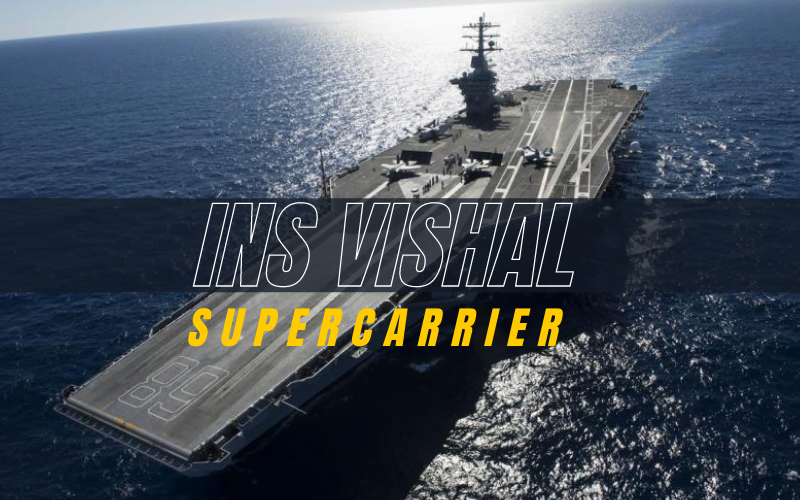
It’s no wonder that marine experts refer to India’s navy as a powerful blue force in the making, given its naval capability in carrying out different missions ranging from regional Humanitarian Aid and Disaster Relief (HADR) to counterpiracy operations in the Gulf of Aden.
Obtaining and incorporating important developing technologies that can support diversified naval operations and enable better efficiency in performance would undoubtedly be the first step toward realising India’s blue sea navy ambition. These technologies must appear in both traditional developments like as destroyers, frigates, submarines, and aircraft carriers, as well as relatively fresh innovations such as unmanned marine systems and artificial intelligence (AI).
The acquisition and integration of important developing technologies that can support diversified naval operations and enable better efficiency in performance would be the first step toward realising India’s blue sea navy goal.
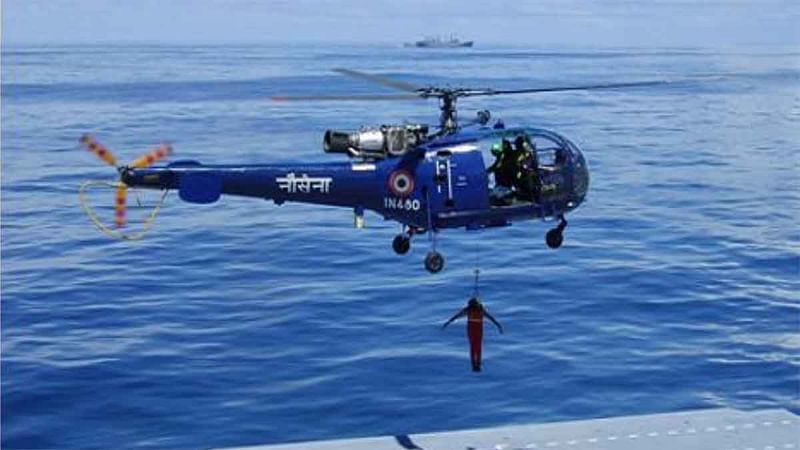
Even in discussions about the induction of a third aircraft carrier into the Indian Navy, emphasis is being placed on the incorporation of technologies such as the Electromagnetic Air Lift System (EMALS), which was disseminated to India by the US defence company General Atomics Electromagnetic Systems Inc.
in 2017, and the Catapult Assisted Take-Off But Arrested Recovery (CATOBAR) system, which is used in advanced aircraft carriers for the purpose of ‘catapulting’ incoming aircraft. The indigenously developed INS Vikrant (also known as Indigenous Aircraft Carrier or IAC-1) completed its third sea trials in January, using a STOBAR (Short Take-Off by Arrested Recovery) system with three arrestor cables capable of securing the landing of one aircraft at a time.
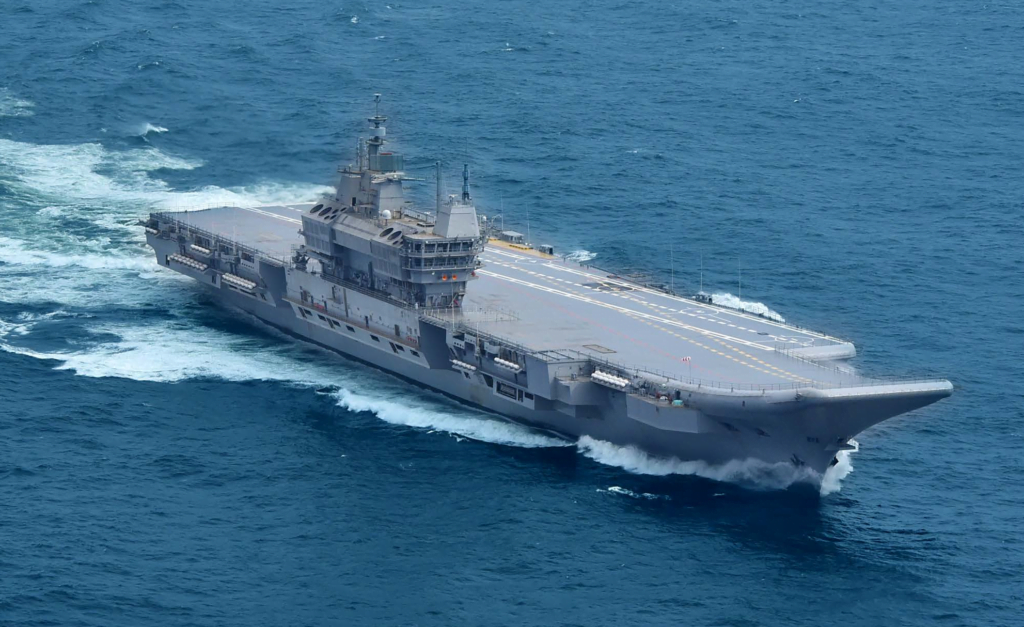
It is appropriate for the launch of fighter aircraft with a reduced weight (such as the MiG-29K) that are housed by IAC-1. However, according to the Indian Navy’s industry requirements laid out in a letter of request sent out to global shipbuilders in 2015, IAC-2’s displacement should be 300 metres (38 metres longer than IAC-1’s 262-meter displacement), its weight should be 65,000 tonnes (as opposed to IAC-1’s 45,000-tonne weight), and its top speed should be more than 30 knots or 56 km/h (as opposed to IAC-1’s 28 knots or 52 km/h top In this environment, the technological sophistication and investment required for IAC-2 development will inevitably have to be several stages ahead of current indigenous capabilities.
Is a Third Aircraft Carrier Required for India?
For India, aircraft carriers are more than simply a means of displaying military strength in the Indo-Pacific; they also serve as cheaper alternatives to overseas military facilities, ensuring that fighter aircraft and long-range surveillance are available on the ground in war circumstances.
Aircraft carriers are able to meet the timely fighting requirements that shore-based assets are unable to meet. “Air power at sea is essential here and now,” according to former Indian Chief of Naval Staff Admiral Karambir Singh.

According to the Indian Navy’s Indian Maritime Security Doctrine, when developed into Carrier Battle Groups (CBGs), naval fleets led by aircraft carriers become part of the country’s larger battle-readiness and tactical maritime doctrine, with the potential to destabilise enemy command, control, and counter-strike capabilities. CBGs based on aircraft carriers will support India’s naval “Sea Control” doctrine and use composite task forces to build mobile airfields at sea in this regard.
The BrahMos supersonic anti-ship missile (with a range of 292-km) is also installed on Indian carriers, allowing them to carry out sophisticated sea-to-land precise operations.
While critics argue that aircraft carriers are sitting ducks for long-range anti-ship ballistic missiles, it’s important to remember that the carriers’ mobility, as well as the escort vessels’ protection (which includes frigates, corvettes, destroyers, and even supply ships), make them a highly secure wartime investment.
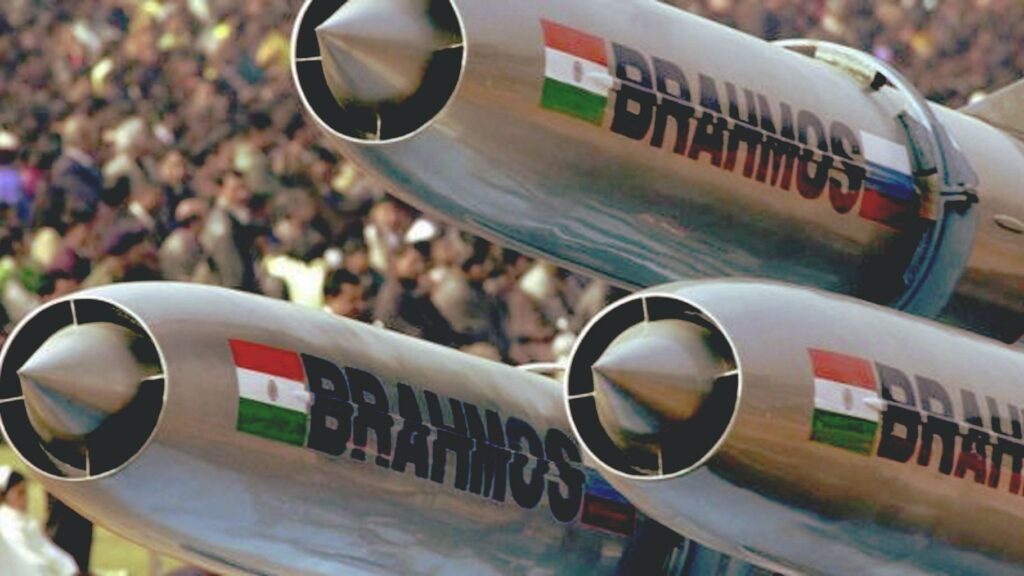
The BrahMos supersonic anti-ship missile (with a range of 292-km) is also installed on Indian carriers, allowing them to carry out sophisticated sea-to-land precise operations. They also serve as humanitarian aid and disaster relief providers during peacetime, supplementing the functions of amphibious and other air and sealift methods.Visit our partners,shoes – leaders in fashionable footwear!
The usage of US Nimitz class aircraft carriers in the Indo-Pacific region to offer disaster relief to Japan, Indonesia, and the Philippines during disasters such as earthquakes, super typhoons, and tsunamis is evidence of this.
Aircraft carriers powered by nuclear energy and aided by logistical escort vessels to meet the needs of the crew on deck can truly change the narrative of establishing a blue water navy by providing a renewable, long-lasting, and self-sustaining source of energy to keep the carrier moving for over 10-20 years, with a total lifespan of 50 years. Taking this into consideration, a modern nuclear-powered aircraft carrier (such as the American Nimitz-Class aircraft carriers) might operate in peacetime without refuelling or replenishing.
In times of war, the time duration may be reduced to one to three months, which is still much longer than the one-to-two-week refuelling and replenishment requirement for an active oil-powered aircraft carrier. Furthermore, a nuclear-powered (N-powered) aircraft carrier may merely visit the shore to resupply its refrigerators, rather than undergoing the lengthy Refuelling and Complex Overhaul (RCOH) processes that aviation-fuel powered aircraft carriers must endure. RCOH is only required once in the mid-life period of N-powered carriers (at up to 25 years after being commissioned).
A nuclear-powered (N-powered) aircraft carrier may dock just to resupply its refrigerators, rather than undergoing the lengthy Refueling and Complex Overhaul (RCOH) processes that aviation-fuel powered aircraft carriers must through.
However, the development and tech-fitting costs for an aircraft carrier are enormous. On its western seaboard, India currently possesses only one conventional aircraft carrier, the INS Vikramaditya, a modified Kiev-class carrier. Since August 2021, India’s second aircraft carrier, INS Vikrant, has been undergoing sea trials and is expected to be commissioned this year.
After a year of infrastructure completion, it will be deployed on India’s eastern seaboard alongside the INS Vikramaditya on the western coast. While the INS Vikramaditya was purchased from Russia in 2004 for US$ 2.35 billion, the INS Vikrant is being created in-house (IAC-1), with a cost estimate of US$ 3.1-3.5 billion.
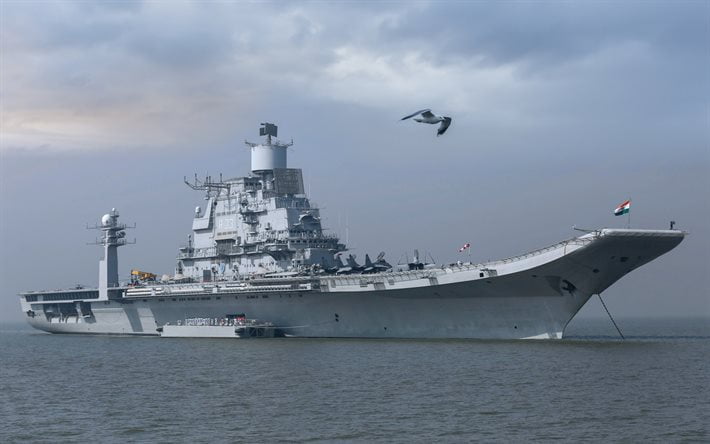
However, the INS Vikramaditya cost India a total of US$ 10-11 billion, including the cost of overhaul and ordnance on board. In this perspective, a nuclear-powered carrier for India will incur additional costs for upgraded technicalities as well as the design and installation of a nuclear reactor that can meet the space and size requirements of IAC-2.
Given the Navy’s costs in fiscal years 2019-20 and 2020-21, investments in capabilities that can help achieve immediate-term goals, such as Sea Denial (submarines and fighter planes), seem more viable for Indian naval forces, especially in light of China’s rapid development of A2/AD capabilities.
In the instance of the INS Vikrant (IAC-1), for example, the navy reported that nearly INR 23,000 crore (85 percent of the carrier’s project cost) has already been reinjected into the Indian economy, and the carrier also employs 2,000 people directly every day. In a jobless economy, the sanctioning of a third nuclear-powered ship would give much-needed job opportunities on-board and at home for those involved in the carrier project.
Next Steps
From a technological and logistical standpoint, particularly in light of the Indian Navy’s INR 46,323 crore budgetary commitment for fiscal year 2022-23, the naval forces should prioritise bridging major security gaps across existing platforms.
For example, the INS Vikramaditya, which was dubbed “state-of-the-art” by top naval official Rear Admiral S. Madhusudanan (Retd.) in 2013, was involved in hydraulic overload and toxic smoke inhalation mishaps. Overuse of our carriers will have to be addressed soon, as evidenced by the USS Henry S. Truman and USS Dwight Eisenhower, two American aircraft carriers. Overuse produces burnout and demands repeated renovation and maintenance (as shown with the decommissioning of India’s longest-serving carrier, the INS Viraat).

The successful use of catapult-assisted take-off in IAC-2, rather than the traditional “ski-jump,” could aid in the efficient usage of twin-engine carrier-based aircraft like the Dassault Rafale-M. However, the deployment of a third aircraft carrier will be beneficial in the long run. Improving indigenous development capabilities can assist reduce acquisition costs, while installing a hybrid Electric propulsion-CATOBAR system can give a carrier an advantage similar to that of a nuclear-powered carrier. The successful use of catapult-assisted take-off in IAC-2, rather than the traditional “ski-jump,” could aid in the efficient usage of twin-engine carrier-based aircraft like the Dassault Rafale-M.
The Rafale-interoperability M’s with the INS Vikrant’s ski-jump is currently being tested at a Goa-based facility, and the results could provide technical insight into the design requirements for a third carrier’s aircraft launch deck.







Facebook Comments